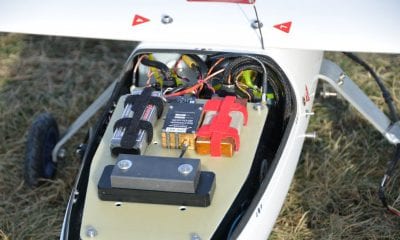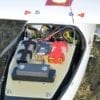
News
Eagles and Drones Battle for the Skies
Eagles and Drones Battle for the Skies
Drones and their operators have a new battle on their hands. Wedge-tailed eagles, unique to Australia and a few South-East Asian countries, have been reported to target drones in flight, causing catastrophic damage to them.
While birds attacking drones is nothing new, most birds tend to come close and act aggressively, without coming in physical contact with the drones. However, these large eagles attack the drones, causing severe damage to their machinery. In one incident, an eagle used its talons to tear a hole in the carbon fibre and Kevlar fuselage of an AUD $100k drone, which then lost control and crashed into the ground, breaking into pieces.
The largest bird of prey in Australia, the wedge-tailed eagle is primarily dark-coloured and weighs more than 4kg, with a wingspan of up to 2.84 m and length up to 1.06 m. Though still a legally protected species, the wedge-tailed eagle is now commonly found across the country (primarily in rural locations).
While these eagles have occasionally harassed even humans in hang gliders, operators have found them to be specifically keen in attacking the drones. These eagles are said to be more aggressive than the likes of bald and golden eagles, which are commonly found in the US. Scientists are unsure why these eagles show greater hostility towards drones, though it could be that the eagles see them as either a competitor bird or a potential prey.
The problem is set to be rise sharply in Australia, as the country becomes a hot spot for drone usage. In rural Australia, an estimated 20% of drone flights get attacked by the eagles. So, is there a solution or a way to evade these birds?
Some have tried to outmaneuver these birds by accelerating the drones, or putting them into loops or making them climb a steep gradient. Other potential solutions include camouflaging techniques or using deterrents (drones fitted with pepper sprays or noise devices). Drone owners need to survey the sky carefully, before launching their machine.
The problem with these solutions is that they could be unwieldy and also unlikely to be highly effective in warding off repeated attacks. Also, something like pepper sprays could harm the birds. Recently, some operators have started to schedule their drone flights early in the morning. Eagles are less active then, as the ground is not warm enough to create thermals (rising air columns) that they use for flying.
While operators are still in search of a more permanent solution, any success with the wedge-tailed eagles could help tackle other bird problems across the globe.





















